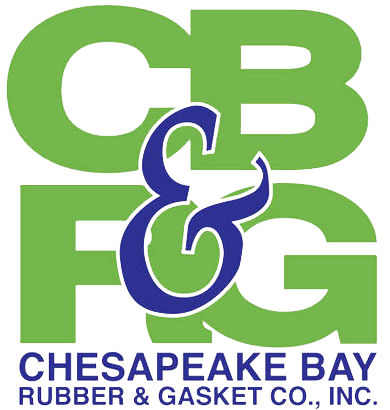MIL-PRF-1149 (MIL-G-1149)
MIL-PRF-1149 is a military specification that defines the requirements for rubber materials used in various military and industrial applications. This specification outlines the characteristics and performance criteria that rubber products must meet to ensure their suitability for use in demanding environments. MIL-PRF-1149 covers a wide range of rubber types, including natural rubber, synthetic rubber, and elastomers, each tailored to specific applications based on their unique properties. These rubber materials exhibit attributes such as resilience, flexibility, electrical conductivity, and resistance to various environmental factors, including temperature fluctuations, moisture, and chemical exposure. The stringent guidelines provided by MIL-PRF-1149 ensure that rubber products manufactured in accordance with this specification uphold consistent quality and performance, making them reliable choices for military and industrial operations where reliability and durability are essential.
Military specification general gasket sheet. Often used in shipboard piping systems.
Durometer (Shore A): 50(ASTM-D-2240)
Tensile Strength (psi): 1,000 (ASTM-D-412)
Elongation: 300% (ASTM-D-412)
Temperature MAX:200 degrees F
Weight (SF/.125"): .79lbs
Color: Black, marked per specification
MIL-PRF-1149 refers to a military specification for cellular rubber, specifically sponge and expanded rubber materials. The MIL-PRF prefix indicates that it is a performance-based document developed by the United States Department of Defense (DoD) to establish requirements and testing procedures for materials intended for military applications.
Here are some key points about MIL-PRF-1149 rubber:
Material Composition:
MIL-PRF-1149 covers cellular rubber, which includes sponge and expanded rubber materials. These materials are designed to have a cellular or porous structure, providing characteristics such as flexibility, compressibility, and resilience.
Applications:
The rubber specified in MIL-PRF-1149 is commonly used in applications where sealing, cushioning, and insulation properties are essential. Cellular rubber is often employed in gaskets, seals, and other components that need to conform to irregular surfaces while providing an effective barrier against environmental elements.
Compliance and Testing:
Manufacturers producing cellular rubber products under MIL-PRF-1149 must comply with the specifications outlined in the document. The standard defines the physical, chemical, and mechanical properties that the materials must meet. Testing procedures are included to ensure that the rubber products meet the required standards for factors such as compression set, density, and resistance to environmental conditions.
Quality Assurance:
Similar to other military specifications, MIL-PRF-1149 likely includes requirements for quality assurance during the manufacturing process. This may involve inspections, testing, and documentation to ensure consistent adherence to the specified standards.
Environmental Resistance:
Cellular rubber materials under MIL-PRF-1149 are expected to demonstrate resistance to environmental factors, including exposure to temperature extremes, moisture, and chemicals. This is crucial for applications where the rubber components may be subjected to challenging conditions.
Changes and Updates:
Military specifications, including MIL-PRF-1149, may undergo updates or revisions to incorporate advancements in materials or changes in requirements. Manufacturers and suppliers should stay informed about any revisions to ensure continued compliance.
For the most current and detailed information, it is recommended to refer to the latest revision of the MIL-PRF-1149 document or consult with relevant authorities and experts in the field, as specifications may evolve over time.


